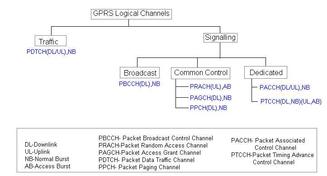EDGE vs. GPRS: Key Differences Explained
Advertisement
This article dives into the differences between EDGE and GPRS, two technologies designed to enhance the internet experience on GSM networks. Both were introduced as add-ons to the original GSM standard.
GPRS (General Packet Radio Service) and EDGE (Enhanced Data rates for GSM Evolution) are primarily packet-switched technologies. Think of them as stepping stones in the evolution of mobile data.
Key Differences
Here’s a breakdown of the core differences:
- Data Rate: GPRS offers data rates up to 115kbps, while EDGE can reach approximately 384kbps. This makes EDGE significantly faster for tasks like browsing and downloading.
- Modulation: EDGE employs more sophisticated modulation schemes, such as 8-PSK, to achieve its higher data rates. GPRS uses GMSK-based modulation coding schemes (CS1, CS2, CS3, CS4).
- Modulation Coding Schemes (MCS): EDGE utilizes MCS1 to MCS9. MCS1 through MCS4 use GMSK, while MCS5 through MCS9 leverage 8-PSK.
- Retransmission: EDGE has the ability to retransmit packets using a more robust coding scheme if needed, improving reliability. GPRS lacks this feature.
- Re-segmentation: Packet re-segmentation is supported in EDGE but not in GPRS.
- Addressing and Window Size: EDGE addresses packets up to 2048 with a window size of 1024. GPRS packets are numbered from 1 to 128, with an addressing window size of 64. This difference allows EDGE to handle larger amounts of data more efficiently.
In essence, EDGE is often referred to as Enhanced GPRS, building upon the foundations of GPRS to provide a better mobile data experience.
Advertisement
 RF
RF

